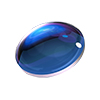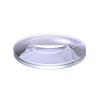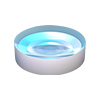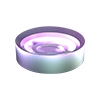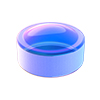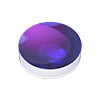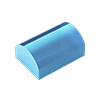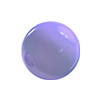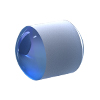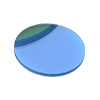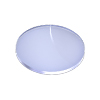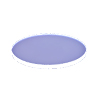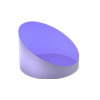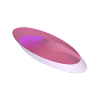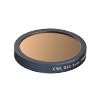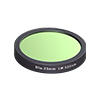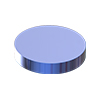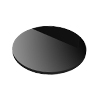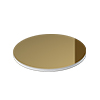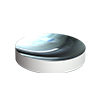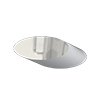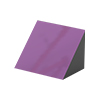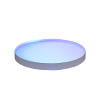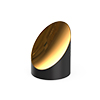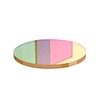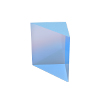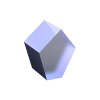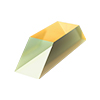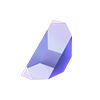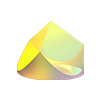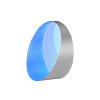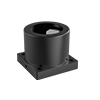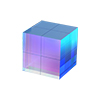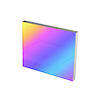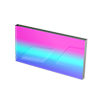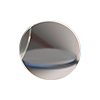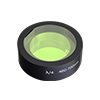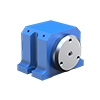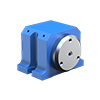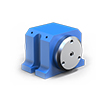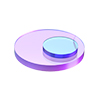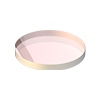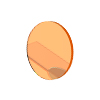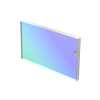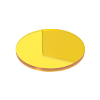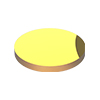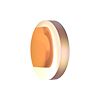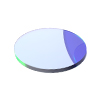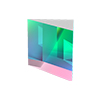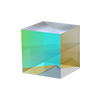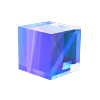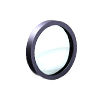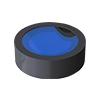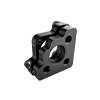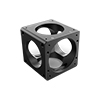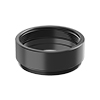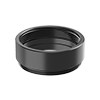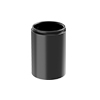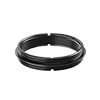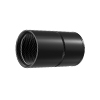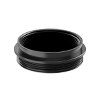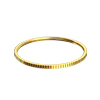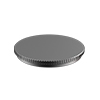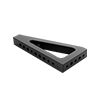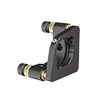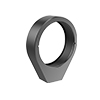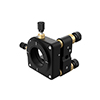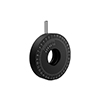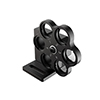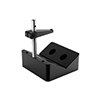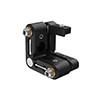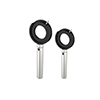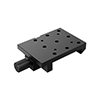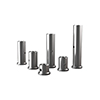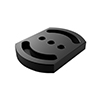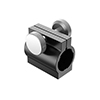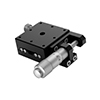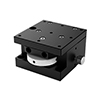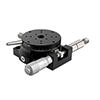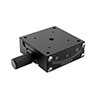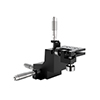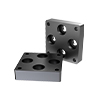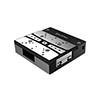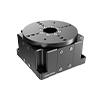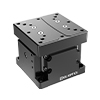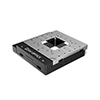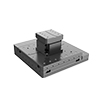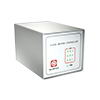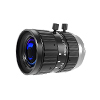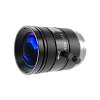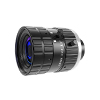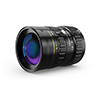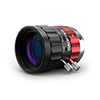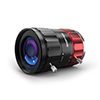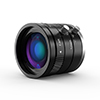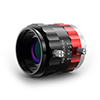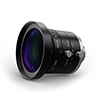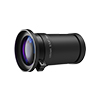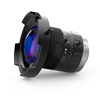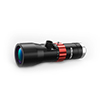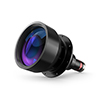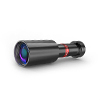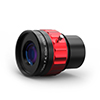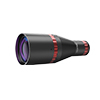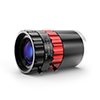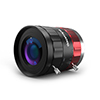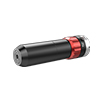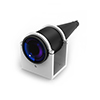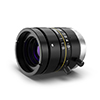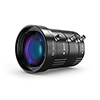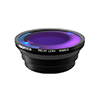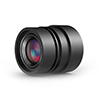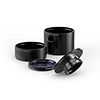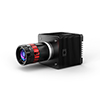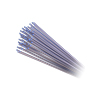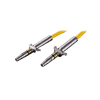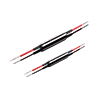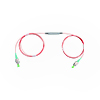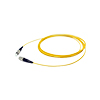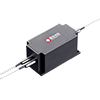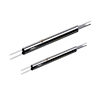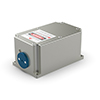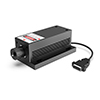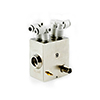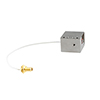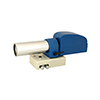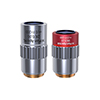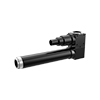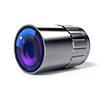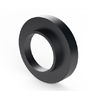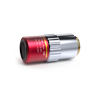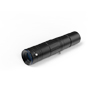|
With the advancement of the national industry 4.0 and intelligent manufacturing industry, the industrial lens industry has also been developing rapidly. On the whole, domestic industrial lenses are still outdated in comparison with foreign countries, and both product performance and soft services need to be greatly improved. For the soft service of industrial lens products, it is more prominent that more complete information is needed, especially information related to resolution.
Lens resolution is an important parameter of the vision system, which directly affects the imaging quality of the system, and its importance is self-evident. But just judging from the existing public information, it is difficult for engineers to confirm the performance of the lens. Some experienced engineers will establish their own evaluation system according to the needs of the equipment, while other engineers can only rely on their own experience to judge the performance of the lens.
The current public information related to resolution can be summarized into four types:
1. Descriptive information
Descriptive data means that the data has only one name or only one descriptive sentence: the resolution of the lens is at the megapixel level, or 5 million pixel level, or 10 million pixel level.
At the stage when industrial camera sensors are not very rich, industrial lenses only need to divide the performance into mega-level pixels and 5 million-level pixels. Engineers can make selections as long as they understand the resolution of the camera, but there are also obvious shortcomings-the pixel concept of industrial lenses is difficult to clarify, and many contradictory situations will occur.
The brands that describe lens resolution in this form are mainly concentrated in China and Japan, and this naming or description method is more popular in the Asian market, so some European and American brands have also begun to adopt this description. The picture below is a list of the naming forms of the fixed-focus lenses of United Optics.
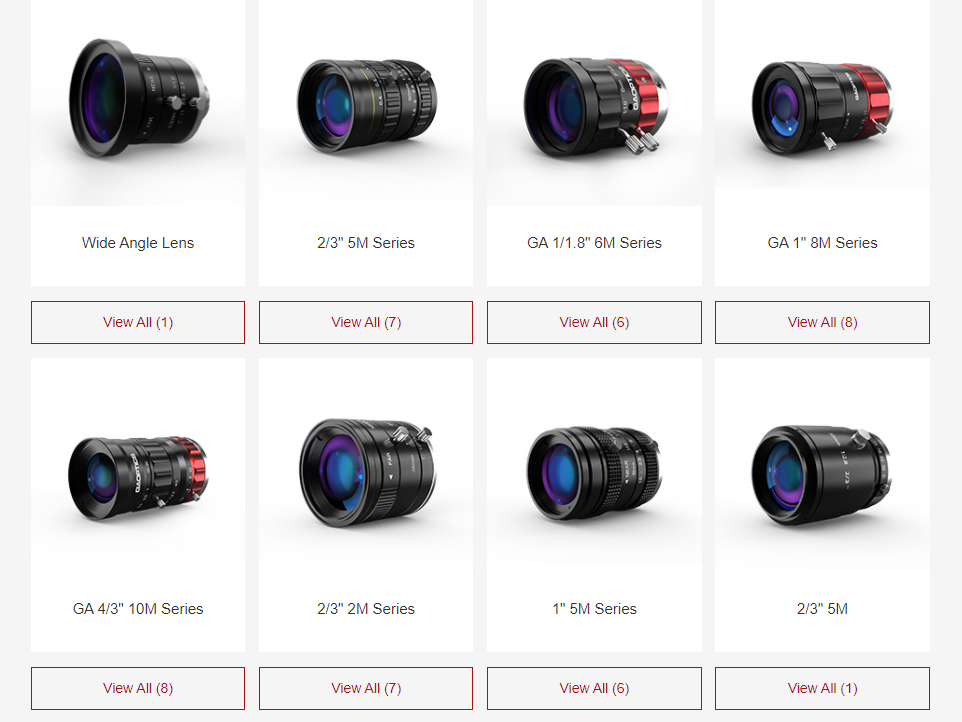 |
| List of naming forms of fixed-focus lenses |
2. Data
The data is the quantified parameter, that is, the number of line pairs of the industrial lens or the matching pixel size. Such as 3.45μm, 2.4μm, 8K7μ, 16K5μ, 100lp/mm, 200lp/mm, etc.
Its advantage is that it provides quantitative data. For example, 2.4μm, it means that the lens matches the pixel size of 2.4μm; 100lp/mm, it means that the lens resolution reaches 100lp/mm. Engineers can clearly understand the resolution performance of the lens.
The disadvantage is that the data is relatively one-sided. The resolution of the center of the industrial lens is generally higher than that of the edge. If there is only one parameter, the engineer cannot judge the resolution of other imaging surfaces. For different image planes, additional measures are needed to measure the resolution of the lens.
| |
 |
| |
| Public information of a Japanese brand |
3. Real shot information
The principle of the actual shooting data is to use a camera, lens, and light source to form a system, a shooting resolution card, and obtain resolution data from the image.
The advantages of this type of data are also very intuitive, and the resolution of each area of the lens can be read. Usually, engineers also use this method to test system performance.
The limitation of this type of data is that the result of the test is the resolution of the system. When building a system with different camera light sources under the same conditions, the data obtained will vary, which is not very objective data.
4. Chart data
The main form of chart data is MTF imaging curve chart.
The MTF imaging curve is measured in an objective test environment and released to the public, which is a relatively authoritative and objective technical reference for the imaging quality of the lens.
At the same time, this kind of information involves some abstract concepts, and understanding requires a certain optical foundation.
 |
| United Optical Lens Product Information Disclosure |
| |
Industrial lens brands will disclose different information based on their own characteristics and market strategies. According to the author's observation, the information disclosure situation is summarized as follows:
| Types of public information |
Public form |
Features |
Brand |
Lens type |
Probability of Publicity |
| Descriptive data |
Pixel-level naming or description, such as megapixel level, 5 million pixel level |
Advantages: intuitive and easy to understand
Disadvantages: the concept is vague and difficult to define |
Mainly Chinese and Japanese brands |
Fixed focus lens, telecentric lens |
High |
| Data |
Parameter form, such as 3.45μm,2.4μm,8K7μ,100lp/mm,150lp/mm |
Advantages: quantitative data
Disadvantages: one-sided data |
Mainly Japanese and German brands |
Telecentric lens, line scan lens |
Medium |
| Real shot information |
Real shot test card, resolution board and other forms |
Advantages: quantitative data, clear data
Disadvantages: the system resolution, the camera has an influence on it |
Japan, mainly domestic brands |
Fixed focus lens, telecentric lens |
Low |
| Chart data |
MTF imaging curve chart form |
Advantages: quantitative data, rich data
Disadvantages: Involving some abstract concepts, and understanding requires a certain optical foundation. |
American and German brands are the main ones |
Fixed focus lens, telecentric lens, line scan lens |
Low |
As can be seen from the above table, domestic brands generally only have descriptive information, that is, simply tell the engineer that the lens is at the megapixel level, 5 million pixels, and 10 million pixels. Other types of information are scarce or even not available.
The author believes that there is no fixed format for the publicly available data, from more complicated MTF imaging curves to descriptive data. But from the perspective of improving the soft services of industrial lenses, accurate, detailed, and clear information helps engineers understand the performance of industrial lenses, improve efficiency, and are also conducive to the development of the industrial lens industry. The resolution data of domestic brand industrial lenses needs to be further improved.
|

